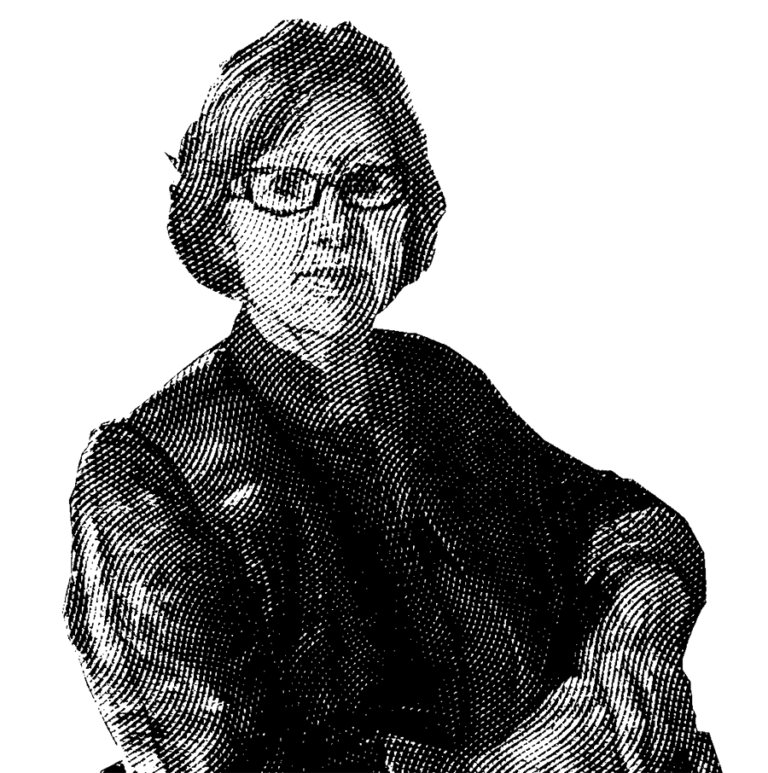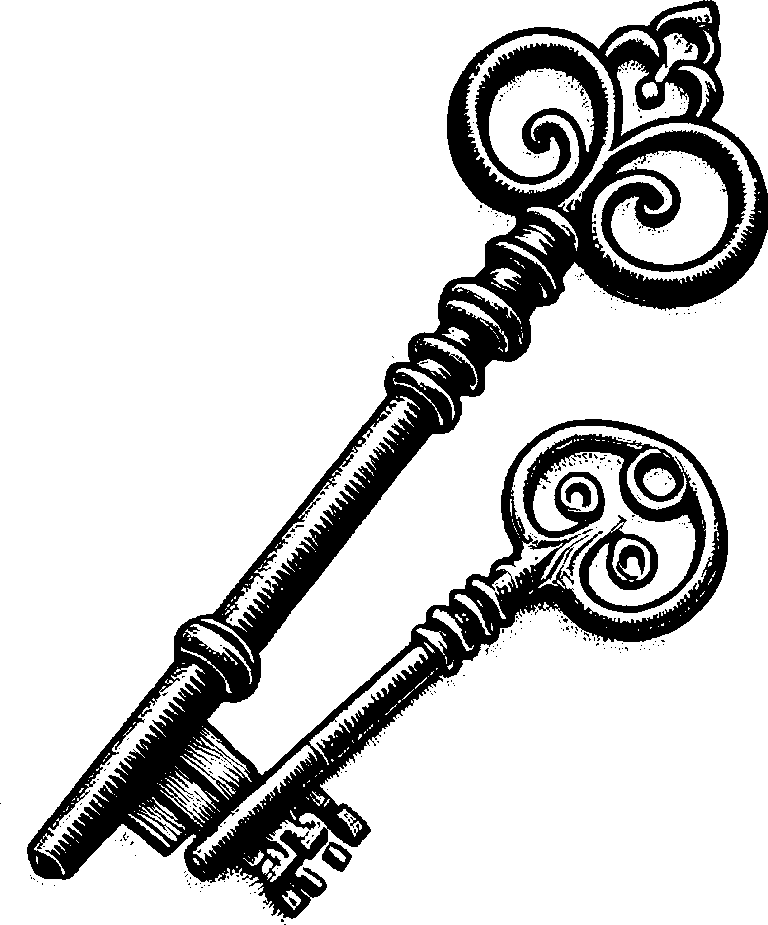History
From the training of our very first Apprentices in our ancient trade of Haberdashery, to supporting educationalists in our schools around today’s modern curriculum, for nearly 700 years we have leveraged our network and resources to address disadvantage and create opportunities for our young people and their communities.
From an entrepreneurial community of tradespeople and merchants working together in the medieval City of London, to today’s diverse and thriving network of modern-day Haberdashers, our mission has stayed the same: to support the communities in which we live and work.
Today the Company is responsible for stewarding assets, governing and supporting strategic initiatives in our schools. It is also responsible for supporting the work of the Haberdashers’ Foundation who’s business it is to work strategically with our expert charity partners to strengthen the resilience of the communities in which our schools reside.
The work and life and energy of the Company would not be possible without our members.
They cherish our heritage whilst driving forwards advocacy and change, creating greater impact by working together in partnership with those we seek to serve. Together we ensure each generation passes on a stronger organisation and a better world.
The fourth Haberdashers’ Hall plays a crucial role in allowing the Haberdashers’ Company to deliver our goals. It is at the heart of Company life and a meeting place for the entire Haberdashers’ community, including our members, schools and community organisations to come together to work and celebrate – all part of the Haberdashers’ Advantage.
In addition, the Company lets out this remarkable venue commercially for corporate and social events, including book launches, filming and weddings.

Deborah Knight, first female Master of the Great XII Livery Companies, 2011-2012
Heritage
Throughout six and a half centuries it has moved away from its historical involvement in the trade of haberdashery and developed into a significant supporter of schools and education in England and Wales.
The Company has its roots in a fraternity, a group of people who lived in the same area doing the same type of work and who worshipped at St. Paul’s Cathedral in London. Members were haberdashers by trade. They sold ribbons, purses, gloves, caps and toys and in 1502 were joined by the hatmakers’ fraternity.
Thereafter there were two types of haberdasher: haberdashers of hats and the original haberdashers of small wares.
The first surviving ordinances were recorded by the Mayor’s Court in 1371. In 1446 the Company adopted its first Coat of Arms, an important symbol when many people could not read. In 1448 the Company was granted a charter of incorporation by Henry VI enabling it to hold land and to have its own Hall in which to hold meetings. The first of three subsequent Halls was built on the corner of Staining Lane and Maiden Lane (now Gresham Street) in 1459. The fourth Hall resides in West Smithfield.
By 1650 the population of London had grown to such an extent that it was no longer possible to control the haberdashery trade. This resulted in a change of direction, over a long period, to the Company as it is now, with its emphasis on education and charitable giving.
Our first educational benefactor was Thomas Aldersey who in 1594 founded a school in Bunbury, Cheshire, he was followed by William Jones who in 1614 founded a school in Monmouth. Then in 1656 William Adams founded a school in Newport, Shropshire and finally Robert Aske founded a school in Hoxton, City of London. From these four benefactors came the original seed funding for all our current schools, founded in places that Haberdashers lived and worked.
To this day the Company also continues its historical involvement in the governance of the City of London, especially through its members involvement in pursuing election to civic office. This includes membership of Common Council in the City as well as posts of Sheriff and even progression to Lord Mayor.
Since 1873 when Queen Victoria’s third son, Prince Arthur Duke of Connaught, was made our Royal Patron, the Company has benefitted from having an association with the Royal Family. In 1966 Princess Margaret took on this role and in 2004 she was followed by HRH The Duke of Edinburgh KG, KT, GCVO.
The history of the Company is contained in its archives held in the Guildhall Library and information on the history of the Company can be obtained from the Company’s archivist.
A 21st Century Company
interactive video

interactive video
At a meeting of the Fine Arts Committee in the Autumn of 2021 the Clerk described to the Committee his Regiment’s interactive virtual tour of their Northern Cavalry Museum. The Committee agreed to investigate the application of a similar ‘interactive’ aspect to our own Company virtual tour that would allow enhancement and understanding of individual artworks, sculptures and antiques in the Hall.
It was also hoped that by making such an interactive video we could make a visit to the Hall possible for those unable to come in person and reach out to our younger members who would feel at home browsing through such an interactive online resource.
So it was that looking to achieve this we entered into a collaboration with the firm Heritage Interactive and specifically their principal designer Sarah Jackson. In fact it was Sarah who had worked on the Northern Cavalry Museum.
The process of making this interactive video was detailed and surprisingly time consuming, it ran throughout 2022 and wasn’t complete until the start of 2023. This was due to the complexity of technically scanning of the Hall for the creation of interactive hot links. A process in fact often used by archaeologists when scanning in 3D the interior of a tomb in Egypt! Also the scripting of the interactive links which included recordings of six Company members to camera.
The video uses a virtual ‘Matterport’ environment to present the scan of the Hall. This allows a user to navigate around the building at will. There are a variety of hot links located throughout the tour, the recordings by members and also photographic and textual information provided in other links.
Company Archivist and member of the Freedom